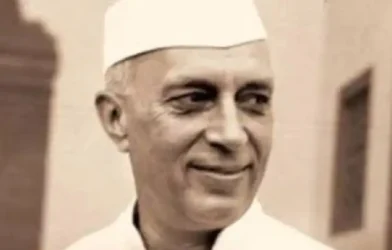Subtotal ₹0.00
The central government has rolled out operational guidelines for setting up nearly 72,300 public EV charging stations under the ₹10,900-crore PM Electric Drive Revolution in Innovative Vehicle Enhancement (PM E-DRIVE) scheme.
With an allocation of ₹2,000 crore for charging infrastructure, the scheme — effective from October 1, 2024, to March 31, 2026 — aims to fast-track India’s shift to electric mobility through a tiered subsidy framework, with Bharat Heavy Electricals Ltd (BHEL) as the project implementation agency.
The guidelines set out a tiered subsidy framework to facilitate the establishment of EV charging infrastructure at multiple locations. Bharat Heavy Electricals Ltd (BHEL) has been designated as the project implementation agency (PIA) for the rollout. Subsidy disbursal will take place in two instalments, linked to the achievement of specified compliance and performance milestones.
Government-owned premises — including offices, residential complexes, hospitals and educational institutions — will be eligible for 100 per cent subsidy on both upstream infrastructure and EV charging equipment, provided the chargers are made accessible to the public free of charge
For charging stations in urban areas such as city streets, shopping malls and market complexes, as well as along highways and expressways, the government will subsidise 80 per cent of the upstream infrastructure cost. The same subsidy rate will apply to battery swapping and battery charging stations set up at any location.
According to the guidelines, eligible entities such as central ministries and state or Union Territory governments must designate nodal agencies to consolidate demand for public charging stations (PCS) and submit proposals to the Ministry of Heavy Industries.
At city and highway sites owned, managed or overseen by central or state governments or their public sector entities — including railway stations, Airports Authority of India-run airports, public sector OMC fuel outlets, bus depots of state transport undertakings, metro stations, municipal parking facilities, public sector ports, and toll plazas or way-side amenities under the National Highways Authority of India (NHAI) or state authorities — the subsidy will cover 80 per cent of upstream infrastructure costs and 70 per cent of EV supply equipment expenses.
The scheme targets large urban centres with populations above one million, along with smart cities, metro-linked satellite towns, state capitals, and busy national and state highways. Priority support will also be extended to major public transport hubs such as railway stations, airports and fuel retail outlets.
Notified on September 29, 2024, and effective from October 1, 2024, to March 31, 2026, the PM E-DRIVE scheme is aimed at accelerating the transition to electric mobility. It provides incentives for eligible electric vehicles, including e-2Ws, e-3Ws, e-buses, e-ambulances and e-trucks, while also supporting charging infrastructure and strengthening testing facilities under the Ministry of Heavy Industries.













